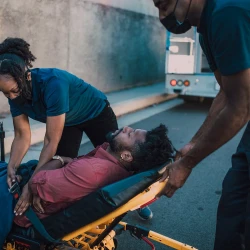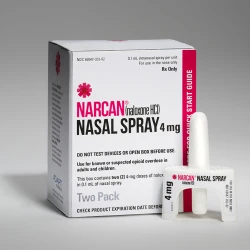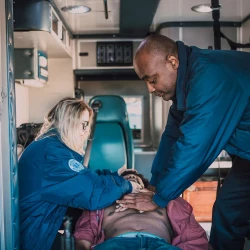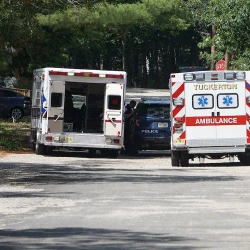An opioid overdose is a medical emergency that occurs when an individual ingests a toxic amount of opioids, a class of powerful pain-relieving medications. Despite opioids' legitimate medical uses, they are also associated with a high risk of overdose, especially when misused or taken in combination with other substances like alcohol or benzodiazepines. This article aims to offer a deep dive into the intricacies of opioid overdose, its symptoms, risk factors, and preventive measures.
What Are Opioids?
Opioids are a class of drugs originally derived from the opium poppy plant. They include both legal medications like morphine, hydrocodone, and oxycodone, often prescribed for acute or chronic pain, and illegal drugs like heroin. Synthetic opioids, such as fentanyl, are also included in this category and are many times more potent than other opioids, making them particularly hazardous.
The Physiology of Opioid Overdose
Opioids work by binding to specific receptors in the brain, spinal cord, and gastrointestinal tract. Once these receptors are activated, the perception of pain decreases. However, opioids also affect the part of the brain responsible for regulating breathing. In the event of an overdose, the opioids can depress respiratory function to the point of failure, leading to hypoxia or a lack of oxygen reaching the brain, which can be fatal.
Identifying an Opioid Overdose
Recognizing the signs of an opioid overdose is critical for rapid intervention. Some of the most common symptoms include:
- Unresponsiveness or unconsciousness
- Slow, shallow, or absent breathing
- Pinpoint pupils
- Blue or purple lips and fingernails
- Slow or absent pulse
- Snoring or gurgling noises, indicating airway obstruction
Risk Factors
Several factors can increase the likelihood of an opioid overdose:
-
Tolerance: Regular use of opioids can lead to tolerance, requiring higher doses to achieve the same effect, thus increasing the risk of overdose.
-
Polydrug Use: Combining opioids with other substances, such as alcohol or benzodiazepines, can exacerbate their respiratory depressant effects.
-
Previous Overdose: Individuals who have experienced a prior overdose are at higher risk of a subsequent overdose.
-
Potency: Synthetic opioids like fentanyl are extremely potent, and a very small amount can lead to overdose.
Intervention and Treatment
Immediate medical intervention is crucial for an opioid overdose. Here are some steps to follow:
-
Call 911: Always call emergency services first as professional medical treatment is vital.
-
Administer Naloxone: If available, administer naloxone, an opioid receptor antagonist that can reverse an opioid overdose.
-
Perform Rescue Breathing: If the individual is not breathing, perform rescue breathing until medical professionals arrive.
Prevention
-
Education and Awareness: Public awareness campaigns are crucial to educate people about the risks of opioid use and the signs of overdose.
-
Limiting Prescriptions: Medical practitioners are increasingly limiting opioid prescriptions to lower the risk of misuse and overdose.
-
Availability of Naloxone: Increasing public access to naloxone can save lives, especially in high-risk communities.
Conclusion
Opioid overdose is a public health crisis that demands immediate and comprehensive interventions. Understanding the complexities of opioid pharmacology, recognizing the signs of an overdose, and knowing the steps for rapid intervention can all contribute to reducing the devastating impact of this crisis.
While the availability of potent medications like naloxone offers a lifeline, the ultimate solution lies in comprehensive prevention strategies, improved treatment options for dependency, and public education to remove the stigma associated with drug misuse and addiction.





